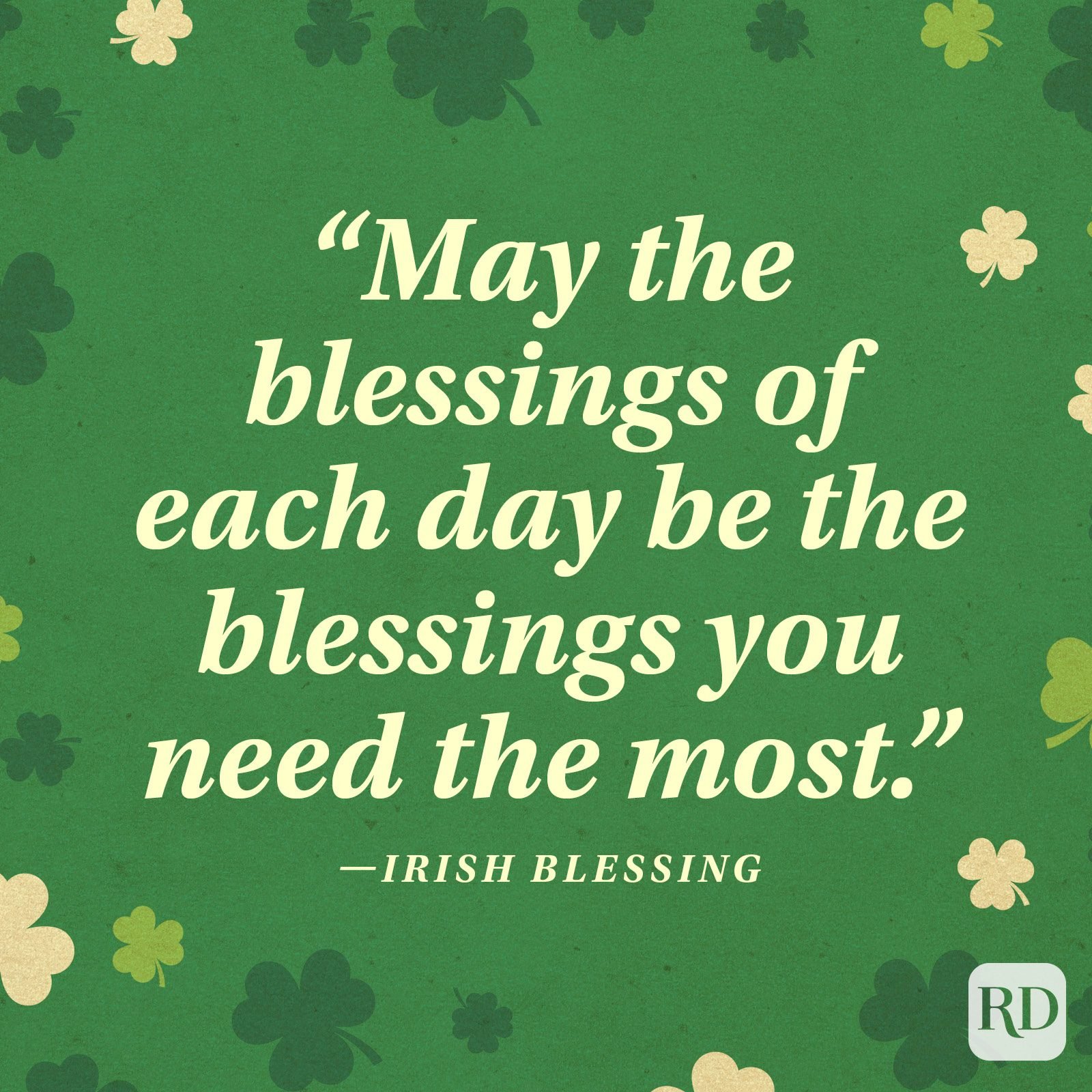Gallery
Photos from events, contest for the best costume, videos from master classes.
 |  |
 |  |
 |  |
 |  |
 |  |
 |  |
St. Patrick's Day marks the day Saint Patrick, patron saint of Ireland, died in 461, but many of the lively traditions we know today began with Irish Americans. St. Patrick's Day's spiritual meaning is rooted in Christianity. At its core, St. Patrick's Day is a religious holiday celebrated by Catholic, Lutheran, Anglican, and Eastern Orthodox Christians.. The man who inspired the holiday, Saint Patrick, is best known for bringing Christianity to Ireland in the 5th century. The Shamrock and St. Patrick’s Day Traditions. On St. Patrick’s Day, people worldwide wear shamrocks, decorate with the green clover, and partake in Irish celebrations. The shamrock is worn on lapels, embroidered onto clothing, and even painted on faces as a tribute to Ireland’s patron saint. Ireland held its first St. Patrick’s Day parade in Waterford, but that wasn’t until 1903, when St. Patrick’s Day became a national holiday in Ireland. Until recently it was believed that the first American celebration of St. Patrick’s Day was in Boston (1737), and the first St. Patrick’s Day parade was in New York City (1762). “When Ireland became an independent dominion, and they started making their own laws, one of the first things they did was ban the sale of alcohol on St. Patrick's Day,” McDevitt said. “From the mid 1920s through the early 1960s, St. Patrick's Day was a dry day. The pubs are closed. You can't sell alcohol. People get up and they go to St. Patrick's Day, observed on March 17, has transitioned from a feast day in Ireland to a widely celebrated holiday in the United States. The holiday commemorates St. Patrick, the patron saint of St Patrick’s Day around the world. St Patrick’s Day is widely recognised throughout the United States as a celebration of Irish and Irish-American culture. The biggest St Patrick’s Day parade in the world is in New York City. Elsewhere in the States, the Chicago River is dyed green with an eco-friendly powder, an event that dates back to St. Patrick’s Day is the feast day of St. Patrick, a patron saint of Ireland. Originally celebrated with religious feasts and services, St. Patrick’s Day became a secular celebration of Irish culture when it reached the United States alongside Irish immigrants. A look at the facts and history behind Paddy’s Day to discover how close to the origins of the day the meaning of St Patrick's Day now is. Frances Mulraney @FrancesMulraney. Mar 03, 2025 St. Patrick’s Day is a global celebration of Irish culture that takes place annually on March 17, the anniversary of the patron saint of Ireland's death in the fifth century. Monday, March 17 is St. Patrick's Day, celebrating all things Irish in the U.S. and around the world. Cities celebrate with parades, bar crawls and more. Let’s explore the spiritual meaning of St. Patrick’s Day and discover its enduring themes of faith and transformation. Key Takeaways St. Patrick’s Day is more than boisterous festivities; it has a rich spiritual foundation. St. Patrick’s Day usually conjures images of partying, Catholicism, Irish nationalism and, perhaps most famously, the color green: green clothes, green shamrocks, green beer and green rivers. How did an Irish saint’s day become an American thing? The short answer: Irish people came to America and brought their culture with them. St. Patrick’s Day observances date back to before the founding of the U.S., in places like Boston and New York City. The first parade was held in Manhattan in 1762. Saint Patrick's Day, or the Feast of Saint Patrick (Irish: Lá Fhéile Pádraig, lit. 'the Day of the Festival of Patrick'), is a religious and cultural holiday held on 17 March, the traditional death date of Saint Patrick (c. 385 – c. 461), the foremost patron saint of Ireland. When we think about St. Patrick's Day, spiritual meaning isn't always the first thing to come to mind. We often celebrate with parades, green attire and festive gatherings — but at its core, it is a deeply spiritual holiday revolving around faith and devotion. These actions keep the true meaning of St. Patrick’s Day alive. They show that the holiday is still about faith and being kind to others, just like Saint Patrick taught. FAQs What is the primary spiritual significance of St. Patrick’s Day? St. Patrick’s Day offers a spiritual nudge to reflect on where we’re headed and what we’re being called to do. Taking Action on St. Patrick’s Day. Beyond the parades and parties, one way to honor the spiritual essence of St. Patrick’s Day is through intentional action. Reflect on your life, your own challenges, and how you’ve grown. St. Patrick’s Day is a global celebration of Irish culture that takes place annually on March 17, the anniversary of the patron saint of Ireland's death in the fifth century. The Irish have Key Facts about St Patrick's Day. Spiritual Significance: St. Patrick's Day honors the arrival of Christianity in Ireland and Saint Patrick’s missionary work. Symbols: The shamrock represents the Holy Trinity, and a legend claims St. Patrick banished snakes from Ireland.
Articles and news, personal stories, interviews with experts.
Photos from events, contest for the best costume, videos from master classes.
 |  |
 |  |
 |  |
 |  |
 |  |
 |  |